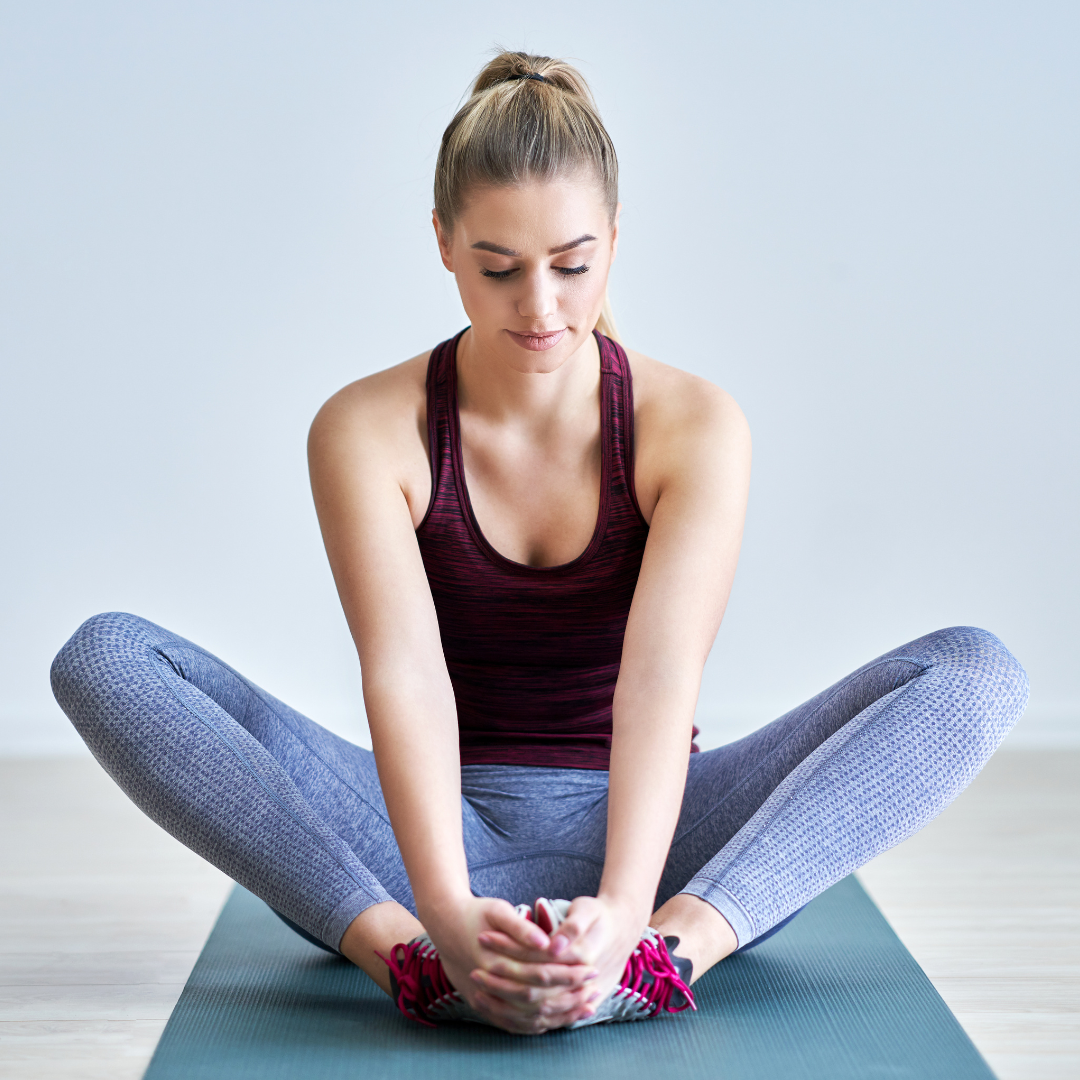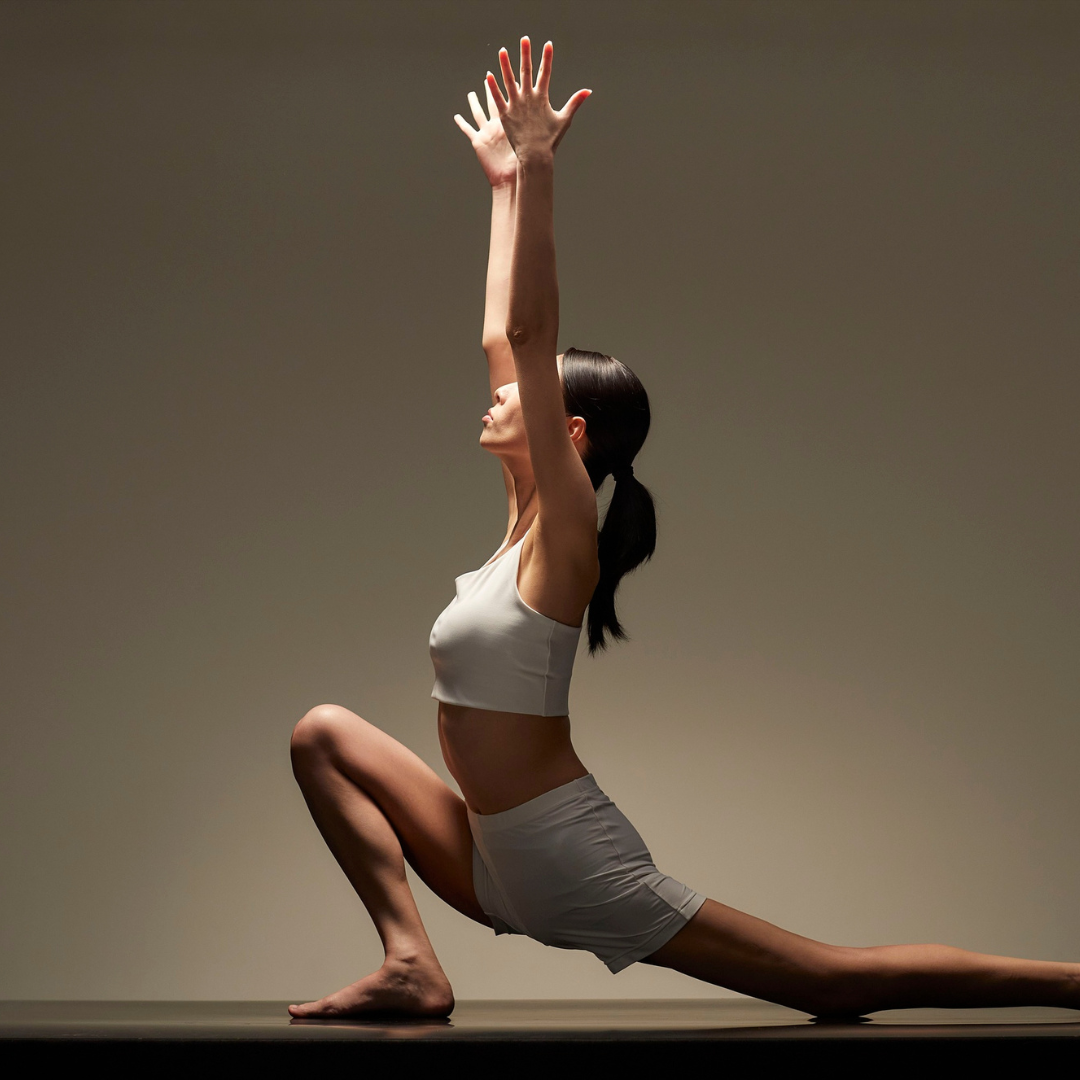
%20(1500%20x%20550%20px)%20(1500%20x%20650%20px).png)
Most people think flexibility is the secret to moving well and avoiding injury. The truth is that flexibility on its own doesn’t guarantee better performance. You can stretch every day and still feel stiff, weak, or out of alignment if your body isn’t balanced.
Flexibility improves range, but balance improves control. Without balance between mobility and stability, you might move further, but not necessarily better.
Many people believe that tight muscles simply need to be stretched. But tightness often shows up as the body’s way of protecting an unstable joint or compensating for weakness elsewhere. When you force extra movement into a body that lacks stability, you increase the risk of pain instead of solving it.
Take your hamstrings as an example. If your pelvis is tilted or your core isn’t activating properly, your hamstrings tighten to compensate. Stretching them might feel good for a few minutes, but the tension comes right back because the imbalance remains.
In Improve Your Hip Mobility: Key Exercises for an Active Lifestyle, I explained how mobility gains only matter when your stabilising muscles can support them. The same logic applies everywhere in the body. Mobility without control creates vulnerability, not strength.
Balance isn’t just about standing on one leg or holding a pose. It’s about your body’s ability to move freely while staying stable and efficient.
A balanced body distributes load evenly. Each muscle group and joint does its job without overworking. This harmony allows your nervous system to respond quickly and accurately, keeping your movements smooth and coordinated.
When balance is present, flexibility becomes functional rather than excessive. You can move with ease and still maintain strength and control.
If you want to understand how posture and breathing affect this relationship, read The Breathing-Posture Connection: How Poor Breathing Habits Impact Alignment.

When one part of the body is weak or restricted, another part compensates. Over time, these compensations create uneven loading patterns that wear down your joints and reduce movement efficiency.
Here’s how that might look:
These issues don’t come from a single tight muscle. They come from a lack of coordinated balance. Stretching one area without addressing the system keeps you chasing symptoms instead of solving the root cause.
You can explore this concept further in Why Your Spine Feels Compressed and How to Fix It Naturally.
Restoring balance starts with awareness. You need to identify which areas are overworking and which are underactive. Once you see the pattern, you can bring stability back through targeted activation and control work.
Here’s a simple framework:
Balance isn’t about doing more exercises. It’s about doing the right ones for the right reason.

Flexibility without balance is like building range without control. You might move further, but not stronger or safer. When balance is restored, strength follows naturally. Your joints align, your movements become efficient, and your body feels lighter yet more powerful.
If your goal is to perform better, recover faster, and move without pain, focus on balance first. That’s where true flexibility and resilience begin.
If you’ve been stretching for years and still feel stuck, it’s time to take a different approach.
Fill the form below to book a 1:1 personal training session with me in my facility in West Hollywood and learn how to restore balance so your body can finally move and perform at its best.